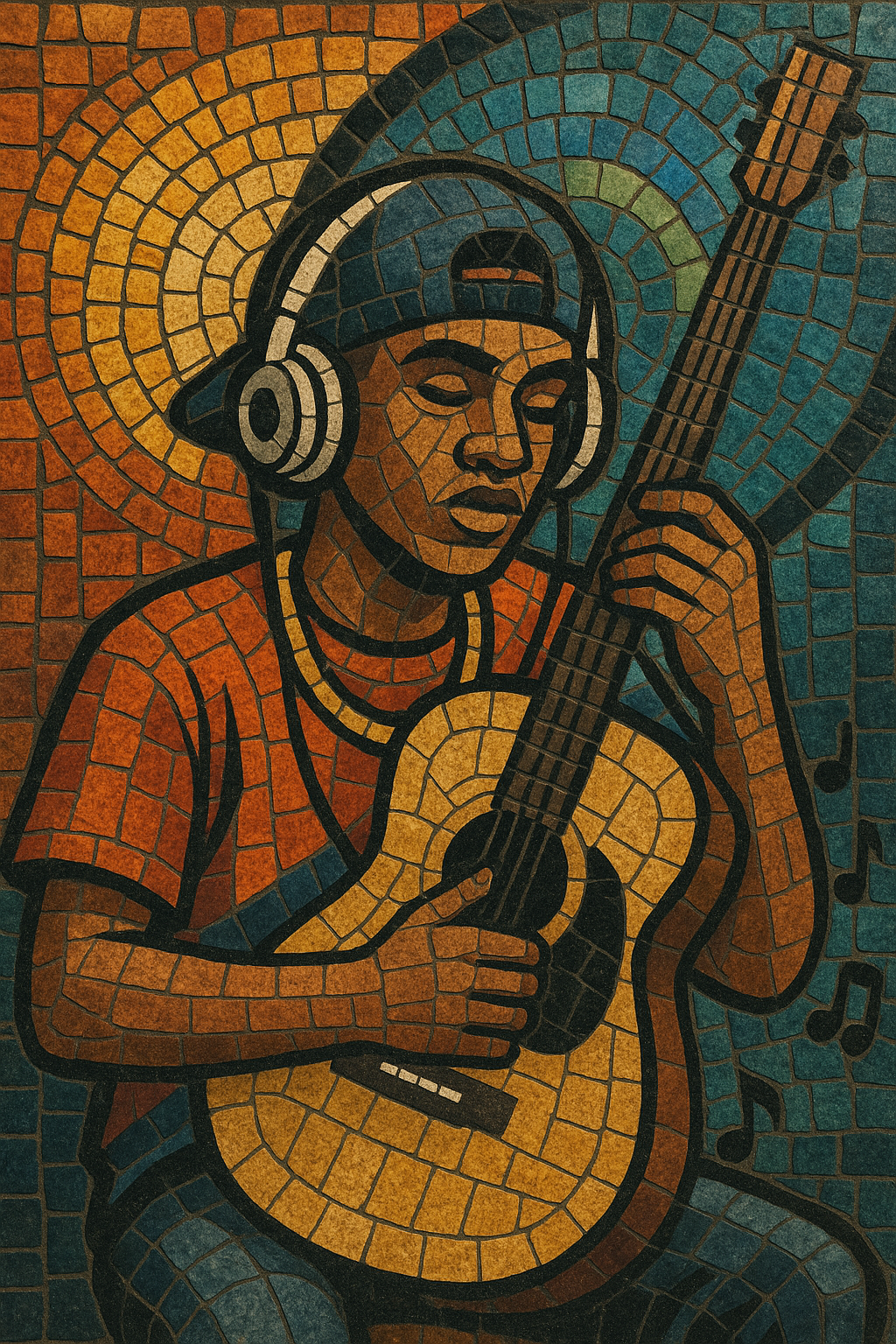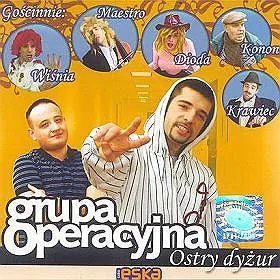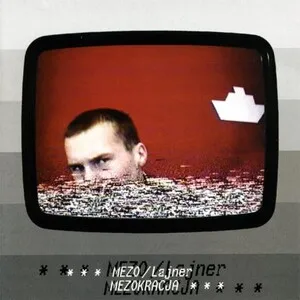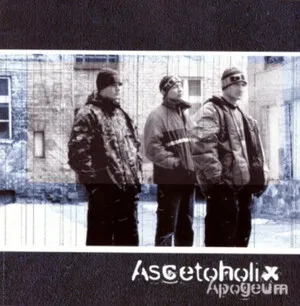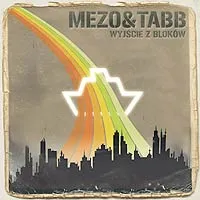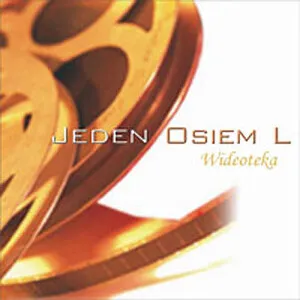Hip-hopolo is a Polish term for a highly commercial, radio‑friendly strain of pop‑rap that rose to prominence in the early 2000s. The name deliberately echoes "disco polo," signaling an easygoing, mass‑appeal approach that prioritizes catchy hooks, sentimental themes, and simplified rap deliveries.
Typical hip-hopolo tracks blend straightforward boom‑bap or dance‑pop drum patterns with bright synths, acoustic guitar loops, and sung choruses—often by guest vocalists. Lyrics tend to focus on love, everyday life, partying, and motivational messages, steering away from the gritty social realism or experimentalism found in underground Polish hip hop.
While the label is frequently used pejoratively by critics and underground circles, hip-hopolo played a key role in mainstreaming hip hop aesthetics on Polish radio and music television, connecting rap with broad pop audiences.
Polish hip hop expanded rapidly in the late 1990s, building dedicated local scenes and a national audience. As major labels and commercial radio sought accessible rap, a pop‑leaning branch emerged. This radio‑ready variant emphasized melodic hooks and sentimental storytelling, gradually drawing a line between underground hip hop and mainstream pop‑rap.
In the early 2000s, hip-hopolo acts scored major airplay on stations and channels like RMF FM, Eska, Viva Polska, and MTV Polska. Songs with sung refrains, moderate tempos, and feel‑good themes became nationwide hits. The approach brought rap cadences and aesthetics to listeners who primarily consumed pop and dance‑pop, significantly broadening the genre’s reach.
"Hip-hopolo" emerged as a colloquial and often derisive label, likening this commercial pop‑rap to the mass‑market simplicity associated with disco polo. Underground artists and critics used the term to critique perceived formulaic songwriting, sentimental clichés, and dilution of hip hop’s social and stylistic edge. Nonetheless, the substyle maintained a strong commercial presence and helped normalize rap vocals and production tropes in mainstream Polish music.
By the late 2000s and into the 2010s, Poland’s rap landscape diversified (including trap and more indie‑leaning directions), yet hip-hopolo’s imprint remained: melodic hooks, guest vocalists, and pop‑centric structures continued to inform radio‑oriented rap. The term survives as cultural shorthand for early‑2000s Polish pop‑rap and for any contemporary rap that leans heavily into radio pop conventions.
Aim for a concise, radio‑friendly structure: intro – verse – pre‑chorus – chorus – verse – chorus – bridge – final chorus. Tempos typically sit around 85–105 BPM for a midtempo, feel‑good groove.
Use clean, punchy drum programming (tight kicks, crisp snares/claps, gentle swing). Layer bright synths, piano, or acoustic guitar loops. Sidechain compression on pads or bass can add modern polish, while subtle percussion (shakers, tambourines) keeps the track lively.
Favor major keys or modal mixtures that feel warm and uplifting. Keep chord progressions simple (I–V–vi–IV and variants) to support a strong topline. The chorus should be melodic and memorable—often sung by a featured vocalist contrasting the rap verses.
Deliver clear, accessible rap verses with straightforward rhyme schemes and relaxed flows. Themes usually center on love, relationships, nostalgia, everyday life, self‑belief, and partying. Avoid dense slang or aggressive posturing; prioritize inclusivity and sing‑along appeal. Place a catchy, emotive hook at the heart of the song.
Give the chorus a lift with added layers (backing vocals, pads, counter‑melodies). Keep verses sparser to spotlight the vocal. Aim for a polished, radio‑ready mix: de‑ess the hook vocal, keep the low end tight but not overpowering, and use tasteful reverbs/delays for space without muddying intelligibility.

